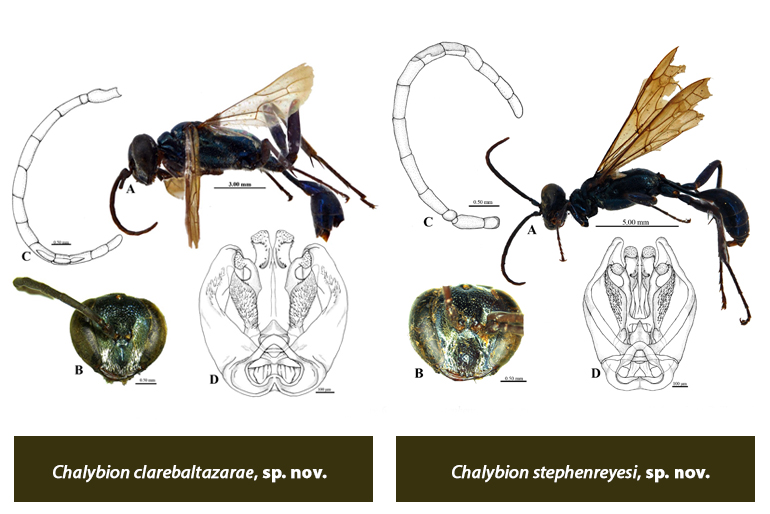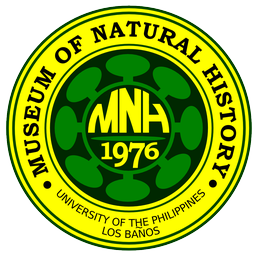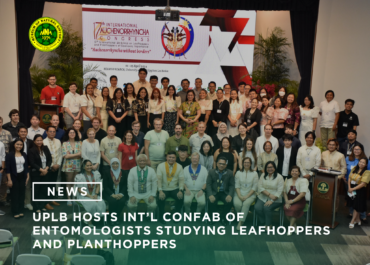
Two new species of sphecid or thread-waisted wasps have been described by UPLB entomologists as homage to Filipino scientists who blazed the taxonomic trail for Philippine Hymenoptera. Hymenoptera is a large order of insects, which includes sawflies, wasps, bees, and ants.
Prof. Kristine O. Abenis and Dr. Ireneo L. Lit, Jr, faculty at the Institute of Biological Sciences, in an interview, were elated to share that their taxonomic review of the wasp collections of the UPLB Museum of Natural History revealed previously unidentified species belonging to the genus Chalybion.
These two, which they have now described, are named after National Scientist Clare R. Baltazar and Dr. Stephen G. Reyes, eminent hymenoptera scientists.
National Scientist Baltazar is the first Filipina entomologist and Filipino hymenopterist. She is considered as the “mother of all Filipino entomologists”. On the other hand, Dr. Reyes was a sphecid expert whose works focused mainly on the Philippine digger wasps. Dr. Reyes served as the Director of the UPLB Museum of Natural History (MNH), but his turn at the helm was cut short by his untimely passing in 2006.
In their taxonomic paper published in the 2019 issue of the Philippine Journal of Systematic Biology, Abenis and Lit described Chalybion clarebaltazarae and Chalybion stephenreyesi from the museum’s collections and also provided the first record of Chalybion japonicum (collected in Batanes Island in 2016) for the Philippines.
Prof. Abenis is a former research assistant at the UPLB MNH who is still collaborating with the museum even while teaching at her home unit.
To ascertain the identification of the museum specimens, Abenis collected nests and adults of sphecids from Mt. Makiling in Laguna, UP Land Grant in Real, Quezon and Batanes. Usually, live specimens are captured using insect nests. Another collection method is to detach the mud nests of wasps from crevices, boulders and walls and store these in the laboratory. “We then waited for the adults to emerge from their larval stage inside the nests,” Abenis said.
“We compared the unidentified specimens to the newly collected specimens and also compared them to other specimens which were borrowed from the National Museum of Natural History, Smithsonian Institution in Washington, DC and the Royal Museum of Natural History of The Netherlands,” she added.
According to Dr. Lit, a curator of the UPLB MNH, there were 47 Chalybion species recorded worldwide of which four (4) were previously recorded in the Philippines. “The publication of Prof. Abenis’ work which earned her master’s degree increases the Chalybion species found in the Philippines to seven (7),” Dr. Lit said.
The free copy of the publication can be downloaded from the website of the Association of Systematic Biologists of the Philippines via http://asbp.org.ph/wp-content/uploads/2020/05/PJSB_2019-010.pdf
Search
Archives
Categories
- Announcement (21)
- Feature (21)
- News (141)
- Press Release (55)
- Research (4)
- Services (3)



